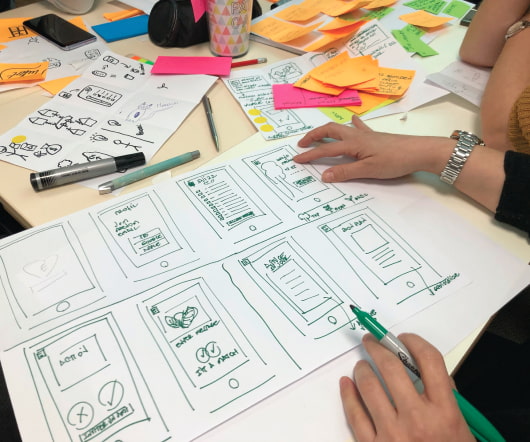The Reason Companies Should Calculate Cost Per Hire
HR Bartender
AUGUST 17, 2017
According to SHRM, the average cost per hire in 2016 was $4,129. I like to calculate CPH at the beginning of interview skills training. Internal recruiting costs include salary and benefits for everyone involved in the recruiting process as well as recruiting software, etc. The goal of calculating CPH isn’t to make it $0.


















































Let's personalize your content